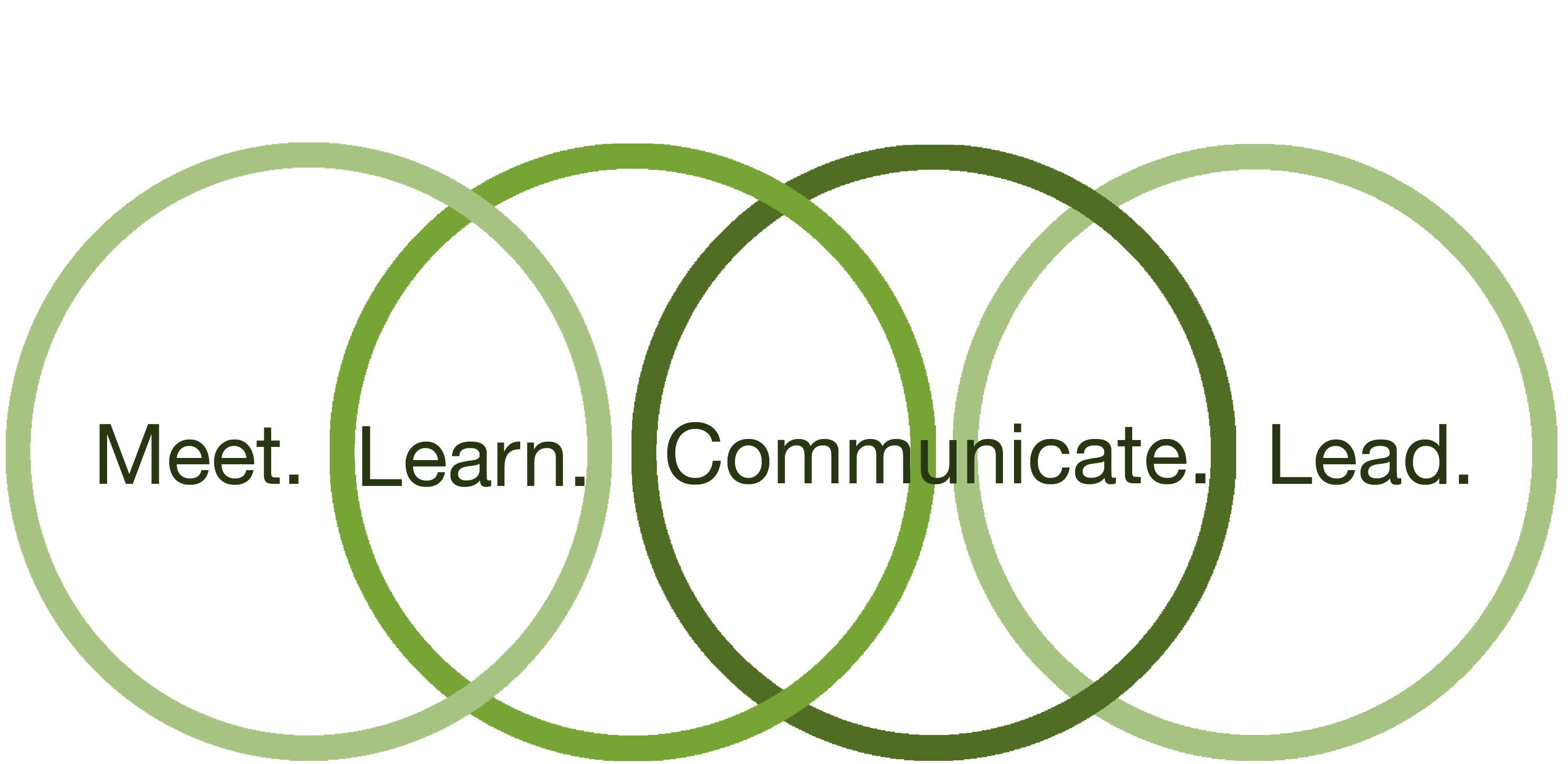Are you Performing an Effective Virtual Balancing Act?
- Lynette Van Steinburg
- Oct 21, 2015
- 2 min read
How often do you hear your virtual meeting break into laughter and you have no idea why? Or, you feel like you're missing part of the conversation because you can't clearly hear everyone who is speaking?
Virtual balance means everyone in the interaction is having the same experience. Everyone can hear and be heard, participate, and see the same things with equal clarity through shared files, web sharing, webcams, teleconference, etc.. This means that if someone laughs everyone in the interaction knows why they're laughing whether the joke is verbal, visual or physical.
Too often, we don't stop to think what it's like to be on the other end of the phone or web meeting.
Consider yourself in each of these situations. What audio and visual challenges are apparent in each situation? How engaged are you? How included do you feel? How much are you likely to participate?
One-to-one conversation
One-to-one conversation that includes webcam usage by all participants
Two-to-one conversation (when you are the part of the two person group)(when you are the one person)
Group-to-one conversation (when you are part of the co-located group)(when you are the one person)
Group-to-one person conversation when the group consists
of people on a teleconference but the one person does not have teleconference capability (when you are part of the group)(when you are the one person)
Group-to-group conversation
when there is no webcam
when there is a webcam on the chairperson only
when there is a webcam in each room focussed on one person
a webcam is viewing entire group in each location
tele-conference for both groups
When one group has access to information (e.g. visual) that another group doesn't it presents a challenge. That might seem like an obvious statement to make, but it's not always obvious when it's happening or the impact it can have. This imbalance of information leaves people feeling excluded. This exclusion can lead to things like misunderstandings, frustration, disengagement, lack of participation, demotivation, low productivity, and lack of trust.
Factors that impact virtual balance:
Ability to hear everyone well
Ability to see the same things that everyone else sees (including body language, if applicable)
Ability to participate equally (same access to files, tools, visual support, etc.)
Availability to pre-work
Availability to tools that track progress or make files accessible after the meeting
Time zones
Lack of virtual meeting guidelines/norms
Addressing things that are going on in your physical environment that may not be seen by others
Unshared feedback
If you are part of a virtual team then you need to consider virtual balance if you want to get the most productivity, motivation and participation out of your team and your own collaboration experience.
Ask yourself, or better yet ask your team, how often do situational factors make you feel excluded or unimportant to the outcome of meetings?
In Part 2 of this blog post "10+ things you can do to create a balanced virtual experience" I provide some tips and best practices for creating an inclusive virtual collaboration experience. Coming soon!




Comments